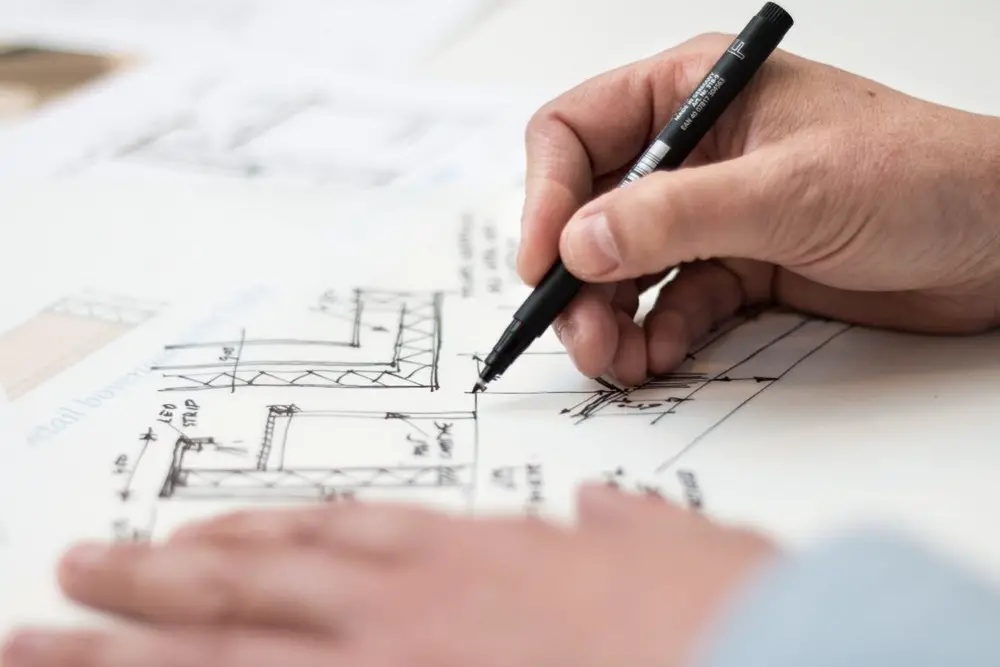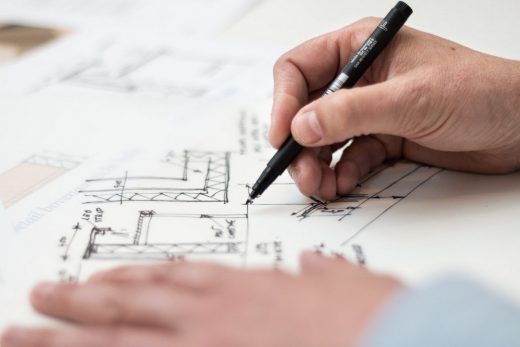5 laws of the modern architect guide, Essay writing tips, Online thesis statement advice
5 Laws of the Modern Architect
12 Mar 2021
Unlike traditional designs, modern designs exhibit logic, function, and style, which provides space efficiency and sustainability. The rise of contemporary architecture is greatly attributed to modern architecture laws and new building materials.
These laws were popularized by modernism, which emerged in the early 20th century, thus inspiring unique designs and formulating new architectural ideologies. The thesis statement generator should come in handy to spare time for research and personal activities without compromising your performance.
5 Laws of the Modern Architect Guide
Minimalism
‘Form follows function’ is the golden law for modern architecture. As such, an architectural structure should only include items that are directly useful to its purpose.
Minimalism is better encapsulated by the modern minimalistic pioneer, Ludwig Mies, who propounded that ‘less is more’.
This law promotes the achievement of sustainability of economic, environmental, and financial resources. As a result, modern architecture often comprises pillars that raise the structure off the ground and columns of steel alloys.
This design makes the floorspace easier to customize and cheaper than designs with stone walls for partitioning. As such, boards are often used to partition floorspaces to the desired portions without incurring excess costs for redesigning the rooms.
Minimalism also implies that designs should be free of ornamental figures, thus revealing the architecture’s true nature.
Free-plan principle
Every decision has a price. A governing principle in architectural designing and production. A free plan involves a setting where load-bearing walls are absent.
This design was Le Corbusier’s idea, where columns and pillars replaced walls to replace various wall skeletons. This principle allows for cheap and fast production and more appealing designs.
The law is prevalent in urban areas and modern houses where windows replace traditional walls and offices. Horizontal mirrors make the most of natural lighting, thus reducing electricity dependence and ensuring more sustainability.
Free plans do not settle for a specific design thus do not require you to settle on any particular setting. This makes for more possible compositions as opposed to rooms that are partitioned to have a central space.
Repetition
Repetition, pattern, and rhythm are top among the creative styles used to boost the aesthetic appeal. Repetition follows the divine architectural law ‘Form follows function’ as it uses the essential elements to make a unique design.
Repetition is accentuated by proximity and the alignment of similar shapes and patterns. However, the style may be broken with foreign styles to bring contrast and break the monotony of your patterns.
This is achieved in largescale by multiple rectilinear shapes and same-style windows that bring about coherence within your design. Often, architects use a white interior and black exterior to illuminate the interior and manage external glare.
Functionalism
Functionalism states that a building should mirror its purpose and function. As such, architectural decisions are gauged depending on their context, thus making a better world for people benefiting from the design.
This idea originates from the first world war and is associated with ideas of socialism. Functionalism is depicted by its low level of ornamentation and display of raw materials like concrete and steel.
Functionalism is also depicted in rooftop terracing. Rooftop terraces make for usable space, thus providing for gardening activities, which boost your design appeal. The terrace also allows for in-house gardening thus making for quality resorts and resting spaces.
Durability
To achieve sustainability, designs should live long enough to return the economic cost. As such, you should settle for high-quality, low-maintenance material. Quality material holds up to moisture, heat, and UV rays.
As such, architects should know and pay attention to installation and specification to ensure the building’s integrity.
The Roman architect Vitruvius covered this under firmitas. As such, the structures should be resilient to accommodate various changes in business operations. As such, an architect must predict future changes in procedures or innovate a design that navigates a need in the field.
Architects may settle for a free-plan design as it is less limiting and allows for more straightforward modifications to meet the market needs.
Final verdict
Modern architecture is a significant improvement compared to its traditional counterparts. Modernism pays attention to durable designs and thus ensures economic, environmental, and financial sustainability.
These principles also help reduce money on bills and reduce energy consumption.
Comments on this 5 Laws of the Modern Architect article are welcome.
Modernist Architecture
Modern Architecture Posts
What is Modernist Architecture
Mid-Century Modern iconic design movement
Guide to Miami Modernist architecture
Innovative interior features of modern homes
Architectural Design
Architecture Design Articles
Comments / photos for the 5 Laws of the Modern Architect page welcome






